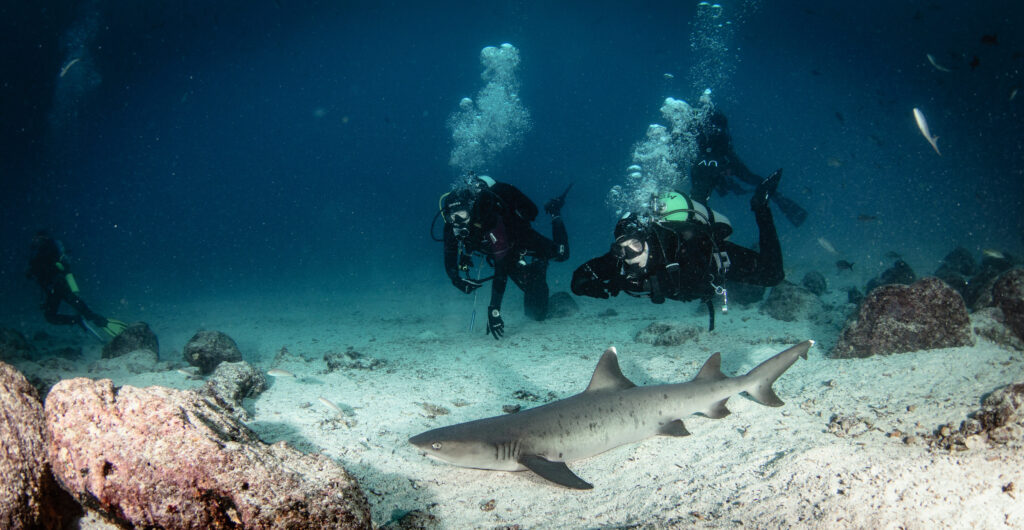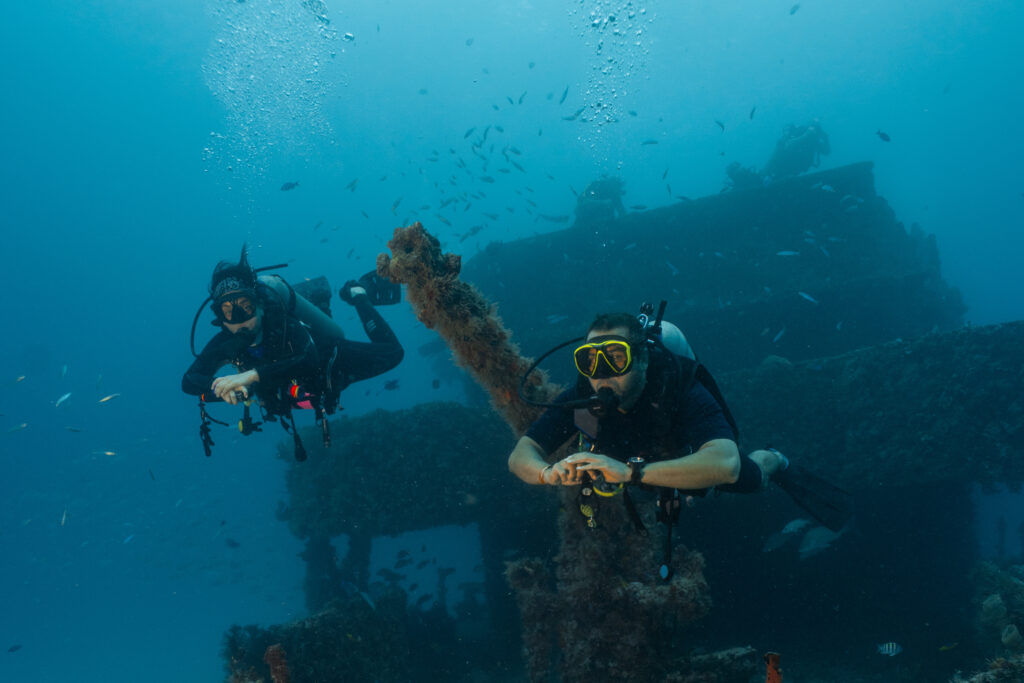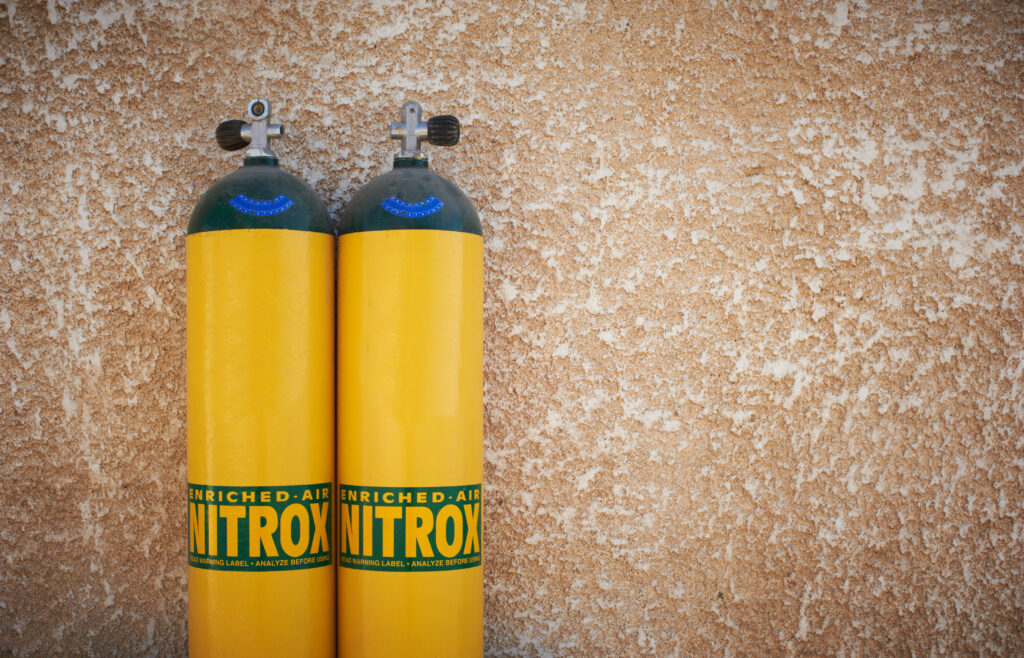What is a Pressure Gradient?

In scuba diving, understanding the concept of a pressure gradient is crucial for ensuring safety and effective dive planning. A pressure gradient refers to the change in pressure per unit distance within a fluid. In the context of diving, this typically means the variation in water pressure as a diver moves vertically through the water column. This phenomenon is essential because it affects everything from buoyancy control to the physiological impacts on the diver’s body.
What is a Pony Bottle?

A pony bottle, in the context of scuba diving, refers to a small, independent scuba cylinder that acts as an emergency air supply. Divers often rely on pony bottles as a crucial backup system in case their primary air source fails. This additional cylinder provides a diver with an extra layer of safety, ensuring they have enough breathable gas to reach the surface or their dive buddy in the event of an emergency. The name “pony bottle” aptly describes its role as a smaller companion to the main tank, much like a pony is to a horse. Understanding the function and proper use of a pony bottle is essential for any diver who values safety and preparedness underwater.
What is Pounds Per Square Inch (PSI)?

Pounds per square inch (PSI) is a unit of pressure widely used in various fields, including scuba diving. Understanding PSI is crucial for divers because it directly relates to the equipment they use and their safety underwater. In scuba diving, PSI measures the pressure exerted by gas within a scuba tank, which is essential for breathing underwater. This unit helps divers know how much air they have left in their tanks, enabling them to plan their dives and avoid running out of air while submerged.
What is a Purge Valve?

A purge valve is a crucial component in scuba diving equipment, designed to enhance the diver’s experience by ensuring safety and comfort underwater. This small yet essential device allows divers to expel water from their masks or regulators with ease, maintaining clear vision and a steady supply of breathable air. The functionality of purge valves significantly reduces the effort needed to clear water, making them an invaluable asset for both novice and experienced divers.
What is the Primary Second Stage?

The primary second stage, commonly referred to as the ‘primary,’ is a vital component of the scuba diving regulator system that enables divers to breathe comfortably and efficiently underwater. It consists of the mouthpiece and the purge valve and plays a crucial role in ensuring a smooth, controlled air supply from the high-pressure tank to the diver’s mouth. This entry discusses the primary second stage, its various features, and its function in the context of the broader scuba diving experience.
What is a Deco Mix?

Decompression mix, or deco mix, is a specialized gas mixture used in scuba diving to facilitate safer and more efficient decompression during ascent. Decompression is a critical phase in diving where accumulated inert gases, primarily nitrogen, are safely expelled from a diver’s body to avoid decompression sickness (DCS). Deco mixes are tailored to optimize the elimination of these gases, particularly during deep or prolonged dives where standard air might not suffice. Understanding and correctly using deco mixes can significantly enhance a diver’s safety, reducing the risk of DCS and other diving-related ailments.
What is Heliox?

Heliox is a breathing gas mixture composed of helium and oxygen, widely used in deep-sea diving due to its unique properties that improve safety and performance under extreme conditions. Unlike standard air, which consists of approximately 78% nitrogen and 21% oxygen, Heliox replaces the nitrogen with helium. This substitution is crucial in mitigating the adverse effects of nitrogen narcosis and oxygen toxicity that divers can experience at greater depths. Heliox has been a game-changer for technical and commercial divers, enabling them to work and explore at depths that would otherwise be highly hazardous.
What is Gas Blending?

Gas blending, a crucial process in scuba diving, involves mixing various gases to create a breathable mixture suitable for different diving conditions. This practice is essential for ensuring diver safety and enhancing dive performance, particularly in deeper or more prolonged underwater explorations. By carefully blending gases, divers can mitigate the risks associated with breathing high-pressure oxygen and nitrogen, such as oxygen toxicity and nitrogen narcosis. Gas blending has become a fundamental aspect of modern scuba diving, enabling divers to explore the underwater world more safely and efficiently.
What is Nitrox in Scuba Diving?

What is Nitrox in Scuba Diving? Nitrox, or Enriched Air Nitrox (EANx) or simply EAN, is a breathing gas mixture consisting of nitrogen and oxygen in which the proportion of nitrogen is less than the naturally occurring 78% found in atmospheric air. The primary benefit of using nitrox in scuba diving is reduced nitrogen absorption, […]
What is Oxygen?

Oxygen is a fundamental element essential for the survival of almost all living organisms. In the context of scuba diving, understanding oxygen’s properties and its role is crucial for both safety and performance. This article delves into the various aspects of oxygen, from its basic chemistry to its physiological effects on divers, and the technologies used to manage it underwater. As one of the critical components in breathing gas mixtures, oxygen’s management and the equipment designed for its delivery are vital for successful and safe scuba diving experiences.
